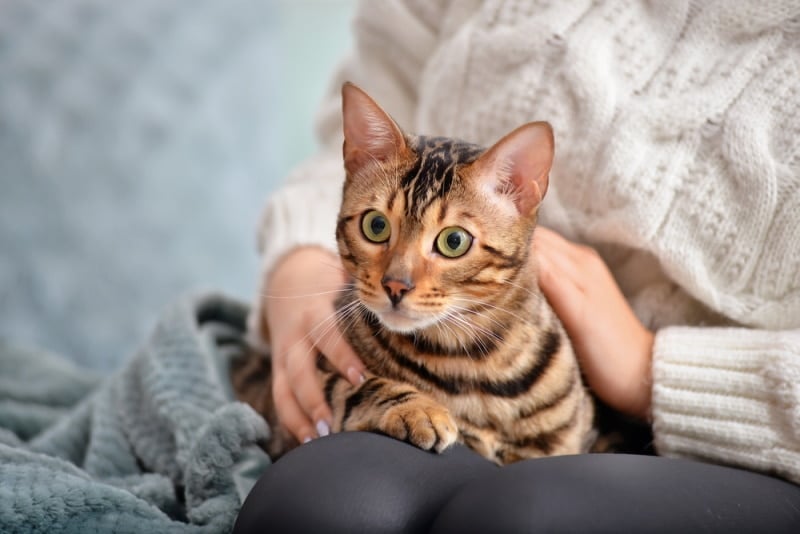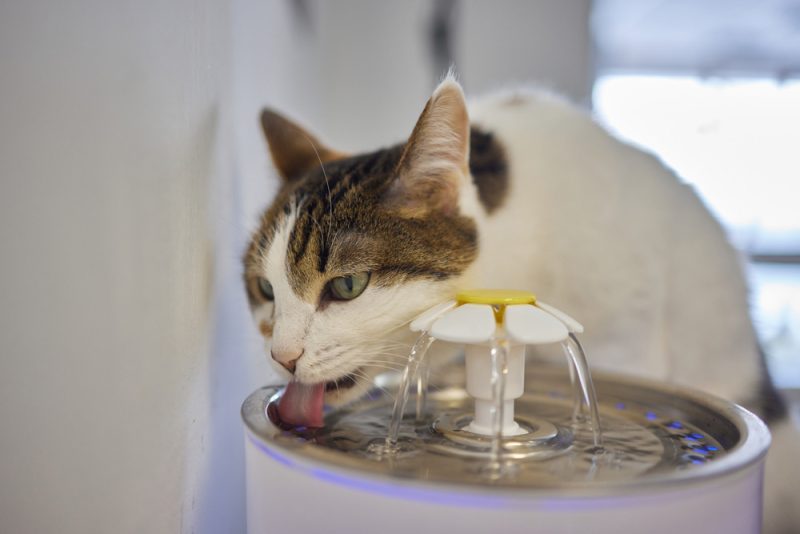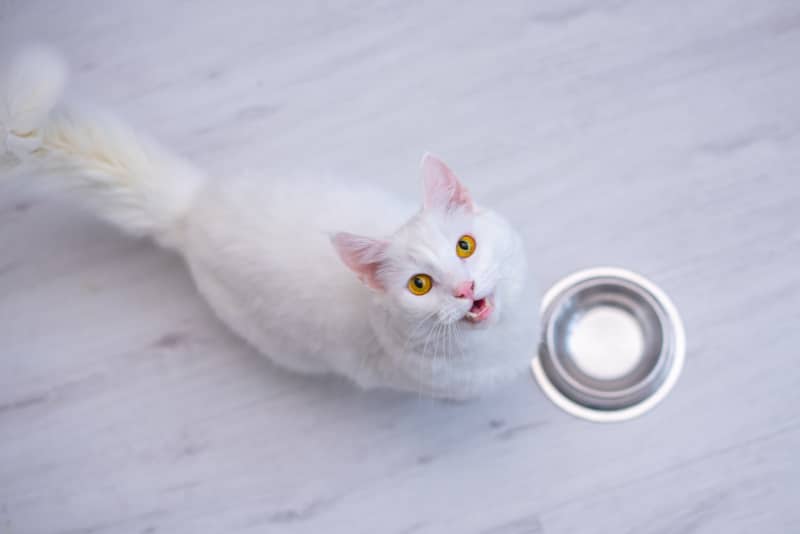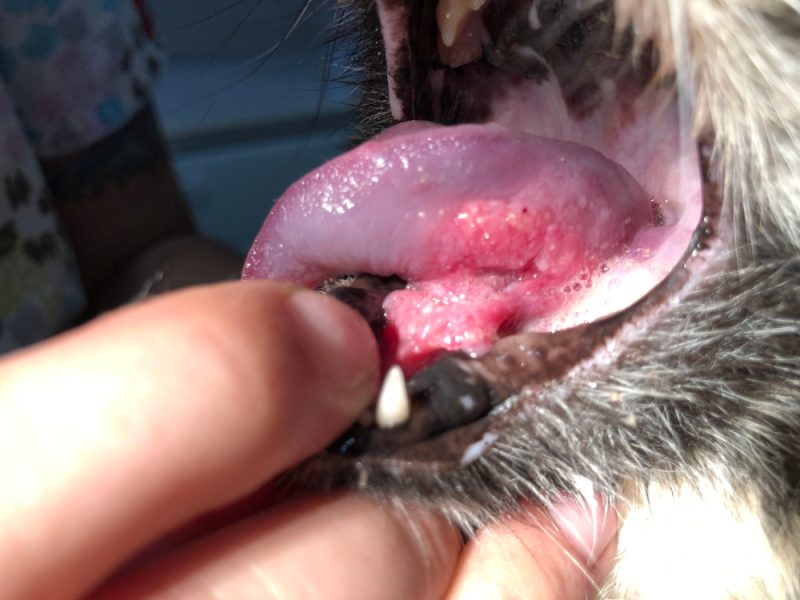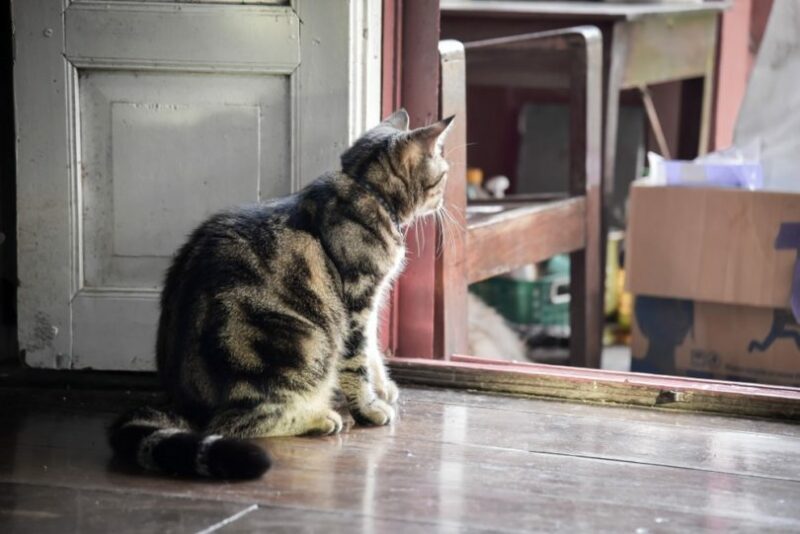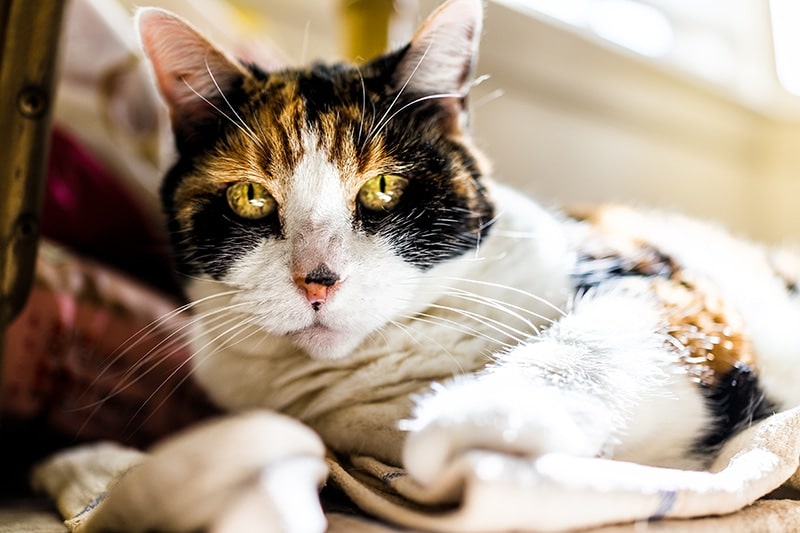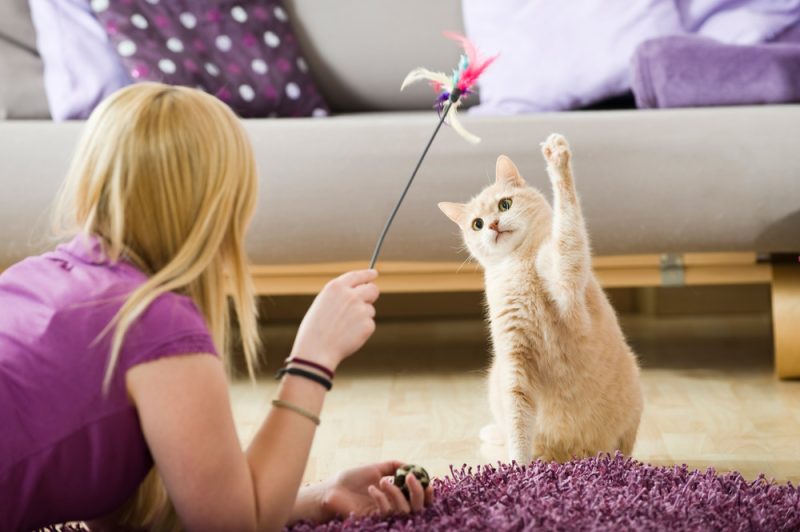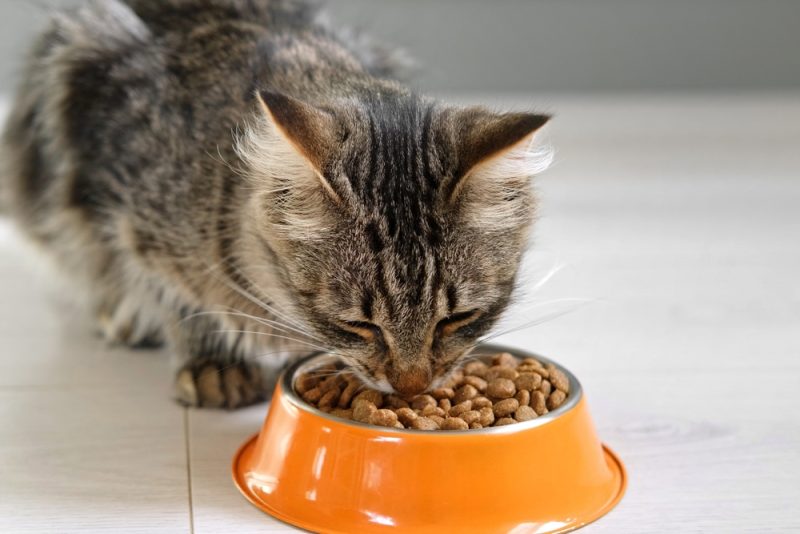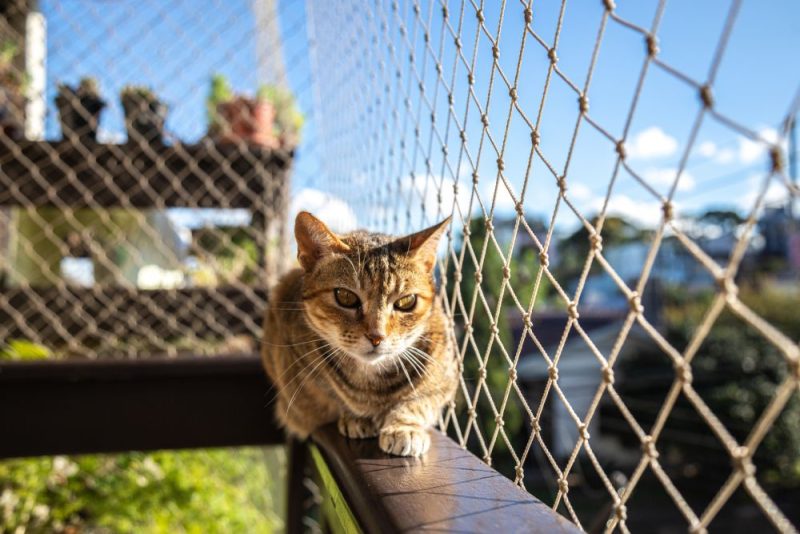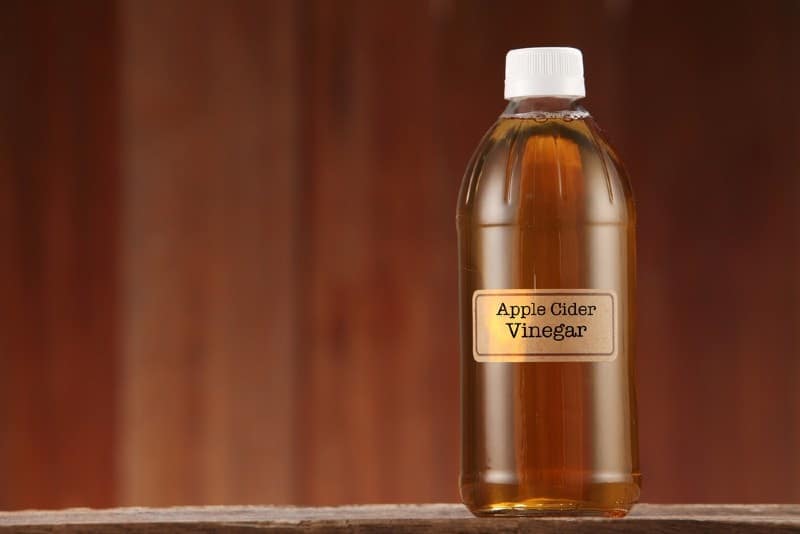Cats’ paws are incredible and are used for a host of different things. Paws help with balance and carrying the load of the cat, and they also provide protection, offer grip, and even dissipate energy, which is how cats can fall from large heights and land on their feet without hurting themselves.
A cat’s paw is made up of several layers, with thin skin on the outside covering blood vessels, nerve endings, and connective tissue. This combination makes paws gentle but powerful and gives them other incredible properties.

About Cat Paws
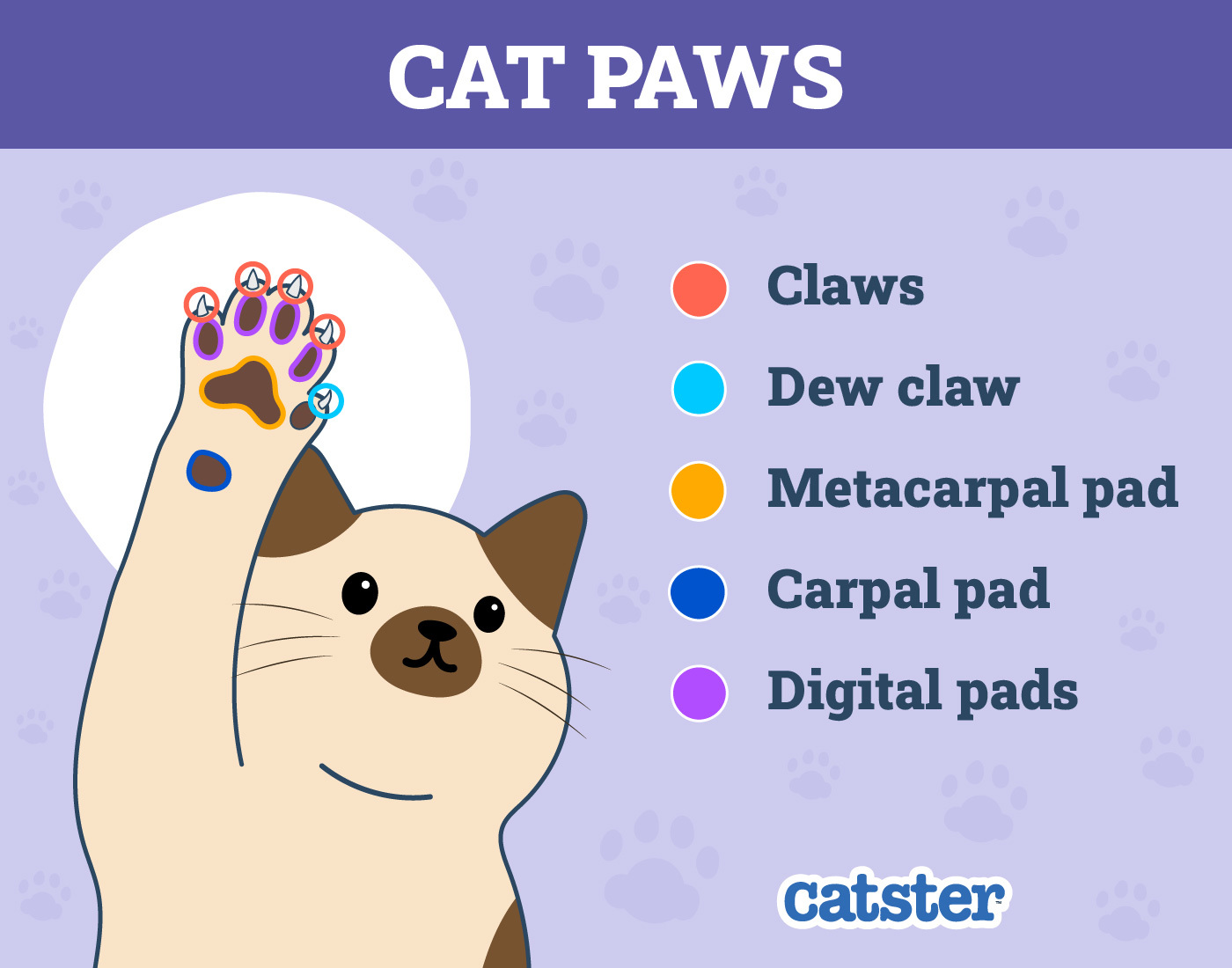
A cat’s paw has four or five digital pads, or digits, like our fingers. They also have metacarpal pads on the front feet and metatarsal pads on the rear feet, and these help balance and provide support for the cat’s weight. An additional carpal pad is found on the rear leg, and this is used to give extra traction if your cat needs to stop suddenly or if they’re running downhill, for example.

The 5 Amazing Cat Paw Facts
Paws are vital to your cat’s well-being, which means any serious injury or damage to the paw can leave your cat with mobility issues and a host of other problems. The paw is an incredible part of a cat’s anatomy, so here are more amazing facts about them!
1. They Have Excellent Circulation
Cats have greater circulation in their paws than humans do in their feet. This enables them to withstand colder temperatures and is why cats can bear to walk on snow and cold surfaces.
However, cats can still get frostbite if their paws are exposed to the cold for too long, so you should limit the time your cat spends outdoors in extremely cold conditions or put on some protective booties when they do go out in the snow.
2. Cats Sweat From Their Paws
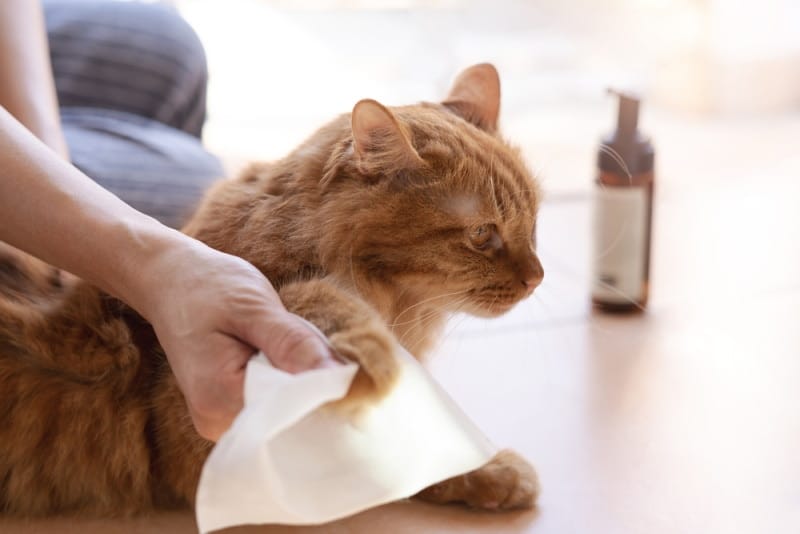
Cats can sweat, but they don’t have as many sweat glands in as many places as people. Their paws are one of the few areas that cats sweat from, in fact. Not only do cats sweat in hot conditions, which helps to regulate body temperature and keep them cool, but they also sweat when stressed or anxious. You may notice damp pawprints on the floor if your cat is especially anxious.
3. Cats Have a Dominant Paw Side
Cats have a dominant paw side, in much the same way that humans have a dominant hand. However, unlike in people, some experts have suggested that the dominant side is usually determined by sex. Males tend to lead with their right paws while females lead with their left. You can check whether this is true by burying a cat treat under a cushion and seeing which paw your cat uses to get it.
4. Paws Absorb Shock

The paws are the reason that your cat can sneak up on you at virtually any time, and in the wild, this would help cats stalk their prey. The soft collection of tissue under the dermal layer of the paw absorbs shock, which means that they can land cleanly from great heights. The same squishy texture means that when your cat lands, it effectively deadens the sound. The soft texture of the pad also means that cats can walk silently on hard surfaces.
5. Paw Colors Vary
Paws are colored in a similar way to a cat’s coat and skin. This means that black cats will likely have black or very dark pads, ginger cats have pink pads, and tuxedo and multi-colored cats are likely to have multi-colored pads with spots of color.

FAQ
What Are Cat Paw Pads Called?
The different pads on a cat’s feet have different names. They have four or five digital pads on each foot, and these are commonly referred to as “toe beans” by cat lovers. On the front leg, a cat also has a metacarpal pad. On the back leg, there is a metatarsal pad. Collectively, they are properly known as pads.
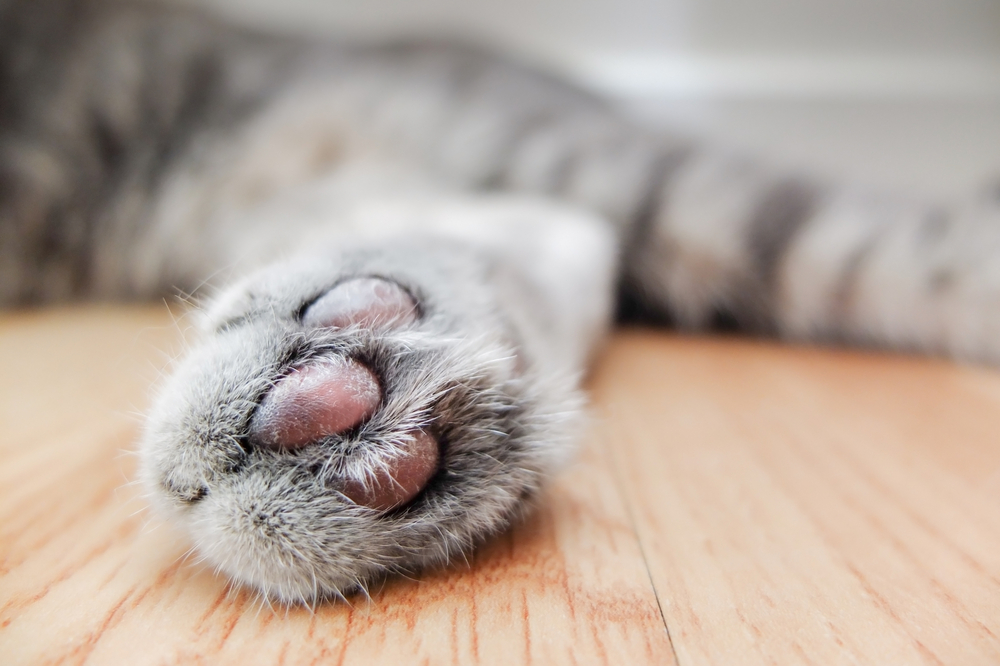
Do Cats Have Feeling in Their Paw Pads?
Under the thin skin layer of a cat’s paw, there is a collection of tissue but also nerve endings. The large number of nerve endings means that cats’ paws are actually quite sensitive.
As well as being able to feel when they are touched, cat paws can sense changes in temperature and pressure, and they can even feel vibrations to warn them of approaching predators.
Do Cats Have Fingerprints?
Cats’ paws are similar to human fingers in that they are all unique and each has a unique pattern. If a database were kept, it would be possible to trace a cat by their paw prints in the same way that we can trace people by their fingerprints.
Why Don’t Cats Let You Touch Their Paws?
Some cats strongly dislike having their paws touched, though some don’t mind. This is because cat paws are very sensitive. Even if you are gentle, they will pick up on the feeling. It could tickle them, or they could be worried that the gentle touch will get rougher.

Conclusion
Cats are agile, silent, fast, and adept at jumping to and falling from great heights. Their paws are chief among the reasons that they have these skills. Made from a collection of thin skin, tissue, and nerve endings, cat paws are very sensitive. They help with balance and load bearing, and they can detect movement and temperature changes.
Related Reads:
- Why Do Cats Paw at the Floor?
- Why Does My Cat Cross Their Front Paws? Does This Mean They Feel Relaxed?
- Cat Toe Beans: Fun Facts & Pictures
- How to Moisturize Cat Paws
- Why Does My Cat Paw Under the Door?
Featured Image Credit: Kirsten Kluge, Unsplash



